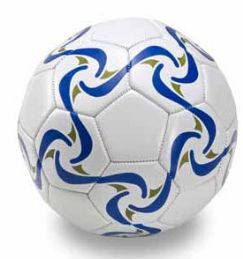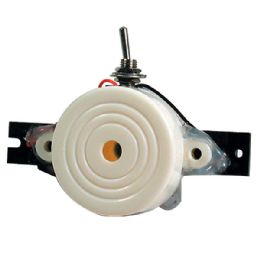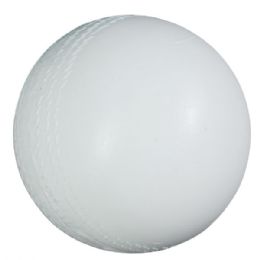



What Are Sports Balls for the Blind?
Sports balls for the blind have sound devices within them to help the visually impaired to locate the flight of the ball while playing a specific sport. The balls may have bells, directional bells, rattles, or a beeping sound so the player can locate the moving or non-moving ball during play. Some adaptive sports balls are of regulation size and material while other sports balls may be either larger or smaller than regulation size, and other types of balls may be made with foam rubber or soft, fuzzy materials. The array of balls that incorporate an auditory cue during use include basketballs, throwing balls, soccer balls, gym balls, ‘goal’ balls, footballs, and cricket balls.
Why Are There Sports Balls for the Blind?
Like sighted people, the visually impaired also enjoy the thrill of victory along with learning the reality of defeat. In addition to providing blind or visually impaired individuals with athletic opportunities, sports ball games also help to change society’s negative stereotypes concerning the athletic abilities of vision impaired people, as well as other people with disabilities.
Sports skills are developed while engaging in both team and individual sports activities, yet many children and adults who are blind or have sight impairments may tend to avoid this kind of physical exercise. But numerous blind and visually challenged individuals are being afforded the opportunity to play a variety of sports because of the innovative creativity on the part of the manufacturers to design balls and equipment that make sounds. Sports leagues and organizations now abound for blind or visually impaired athletes, including track and field, judo, alpine and Nordic skiing, biathlon, wrestling, football, basketball, swimming, soccer, tandem cycling, goal ball, cricket, and powerlifting.
Types of Sports Balls for the Blind or Visually Impaired
Basketball – Comes with bells, double bells and sometimes a directional beeper to help provide low vision individuals the ability to locate and/or realize the direction of the basketball.
Football – Can come either as a regulation size and material, or as a soft foam material. Included within the ball are either bells or a beeper that will allow sight-impaired players to track the ball’s location.
Soccer ball – Also comes in a regulation size and material, or in a soft foam material, and includes bells or a beeper so players can hear the ball and know where it is.
Cricket ball – Usually contains loud ball-bearing rattles which enables the players to hear the ball while on the playing field. These balls can also be used in other types of ball games like baseball or catch.
Durabeep ball – An all-purpose type of ball used for both indoor and outdoor play that comes with a beeper, allowing visually impaired individuals to participate in sporting activities. It is made with a type of rubber material that gives the ball some cushion to make physical contact less hurtful to the individual.
Blind Ball Games and Physical Education
Physical education is an important behavior for all children to participate in, both of normal sight and those who are visually impaired or blind. Yet, quite often children who are visually impaired do not experience the same chances or opportunities for physical education or recreational activity as sighted children in their early years.
It is important to expose children to as many recreational activities as soon as possible to best prepare them for future inclusion and independence through enhanced development of their social skills, motor skills, language skills, and physical fitness. There are sports balls for the blind, and other adapted and specialized sports equipment that can allow a visually impaired child full access to physical education programs.
When participating in sports activities or programs for visually impaired/blind children or adults, the first rule of thumb is to make sure the field of play or the instructional area is as uncluttered as possible. The inclusion of both sighted and visually impaired players, especially during the early years of childhood, in group activities will help assure that children will learn to interact with each other and value tolerance and acceptance. Blind or visually impaired children should be able to participate in most physical or recreational activities to help build their self-confidence by letting them try; with obvious exceptions, such as games that require good visual acuity, like dodge ball.
Hulet Smith, OT
Rehabmart Co-Founder & CEO
ws